warp and woof:
BAU460 Jingzhou Museum
Jingzhou City, Hubei Province, China
Discipline
ArchitectureTypology
CultureCity
Jingzhou City, Hubei Province, ChinaDate
2011Status
Invited competition, 2nd placeClient
Jingzhou Cultural Relics BureauProgram
Museum, storage, relic restoration, office, underground garagewoven threads
introduction
Jingzhou city in Hubei province, central China, is a unique cultural heritage city and has preserved numerous historical monuments and districts, including the city wall, which has a 2,800 year history. Jingzhou is one of the top 10 city museums in China, authorized by the National heritage bureau in 1994.
The site is within and adjacent to the ancient walls of Jingzhou City and is connected with the north and west city wall gates. The existing Jingzhou Museum is a city museum, famous for its priceless collection, special cultural features, and the landscape of the adjacent park and lake area. Local people use the park for morning exercise, local opera, picnics + BBQs.
the past versus history
English philosopher Keith Jenkins suggests that we should separate the past from history – the past being what happened – history being an educated speculation about what happened – a cultural construct. He goes onto argue that history can be problematic because it is often written by a select and similar group of people. He believes we need more histories to be written about the past, even the past we think we know well – written by people different from those already writing history. Jenkins argues that well prepared citizens from and exposed to the past will be the author’s of these other histories.
a campus of woven threads
water, planting, and pedestrians
The existing museum campus contains the basic threads that can form three clear and simple networks on the site – water, planting, and pedestrians. These networks would provide a permeable and legible series of paths linking the existing buildings with the new storage facilities and the new museum.
Each thread has been given a theme derived from the distinctive themes of the collection of the museum: lacquered wood becomes timber; jade becomes stone; and silk becomes fabric. These themes would be explored in the materials and forms of the items that make up each of these paths including planting material. These threads will provide a museum experience well beyond the confines of the museum buildings and reach out to explore the entire lake area.
Once these threads have been defined and made permeable and legible, sites for architecture emerge.
spatial texture
Spatially the existing museum campus presents as a figure of buildings within a ground of open space. In the area of the new storage buildings this spatial texture has been reversed, with the ground now being buildings with a figure of open space being carved out of the buildings. This maximises the area of the buildings and provides a more urban quality to this area of the campus.
The new museum building will blur the figure-ground presented by these opposites.
landscape and architecture
palimpsest
To enable the new museum precinct to fully engage with the lake and to improve and maximise the lake experience for those visiting the museum, some existing lakeshore buildings will need to be demolished. To resolve the contradiction between the need to demolish and the concept of engaging with the past, we propose that a fragment of the fabric be retained. All north-south walls of the existing buildings are to remain and form the basis of a palimpsest landscape that both retains a memory of the past and allows unobstructed visual and physical access to the lake.
The three existing temple buildings currently float like independent objects in the landscape. This proposal regroups the buildings within a clear spatial relationship by the insertion of a perimeter wall around their site. The original spatial condition is made more significant and a more powerful, meditative environment is created for the visitor.
welcome
The new visitors centre is located close to the new public entrance to the museum campus. It has been designed to be clearly visible from the main public approach without obstructing views to the lake or the new museum.
the past
Those buildings containing fragments of the past (the storage buildings) have been located to the west of the site and explore sustainable building envelopes that reinforce the new networks. They take the clear and simple form of alternating perimeter block and large floor plate typologies. These new storage buildings also screen staff car parking from the museum visitors.
In keeping with Jenkins’ argument, we propose to make this storage precinct and parts of these storage buildings accessible to the public, so that the multiplicity of things occurring in these buildings: delivery, cataloging, preservation, and storage can be viewed and appreciated.
a museum for re-thinking history
Because the proposed new museum is much larger than any available site area on the campus, the new museum sits on the lake. Like the campus design, it consists of a series of threads that are loosely woven together to form a network of interlinked themed spaces over three levels.
The first floor contains the space of engagement – a space that examples of the collection throughout the museum combine with cafes, bookshops, cinemas, tea-rooms and more. The space of engagement becomes a destination for those members of the public interested in things other than the collection. However, once drawn in by these other programs they are exposed to the quality and enrichment offered by the museum’s artifacts and encouraged to explore the other levels of the museum. The second floor contains the space of speculation – a space where the intellectual work of history takes place. The third floor contains the space of the past – a space where fragments of the past are presented without the intellectual work of history having framed them. Here the museum visitor is asked to become amateur historians and speculate about the fragments of the past on display.
conclusion
This project uses the brief for a new museum building as an opportunity to reinvigorate the entire Museum precinct. The proposition maximises the economic, social and cultural forces that influence the design of the 21st Century museum.
- Infrastructure
- Public
- Residential
- Healthcare
- Education
- Culture
- Office
- Retail
- Hotel
- Hospitality
- Mixed Use
- Sports
- Planning
- Urban Design
- Public Landscapes
- Private Landscapes
- Playgrounds
- Structures & Pavillions
- Residential
- Healthcare
- Education
- Culture
- Office
- Retail
- Hotel
- Hospitality
- 2023
- 2021
- 2020
- 2019
- 2018
- 2017
- 2016
- 2015
- 2014
- 2013
- 2012
- 2011
- 2005-2010
- 2000-2005
- 1990-2000




















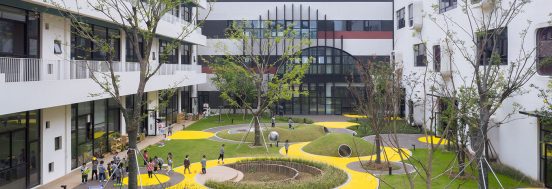











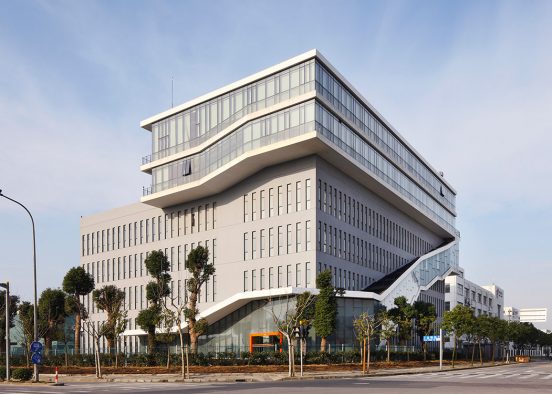


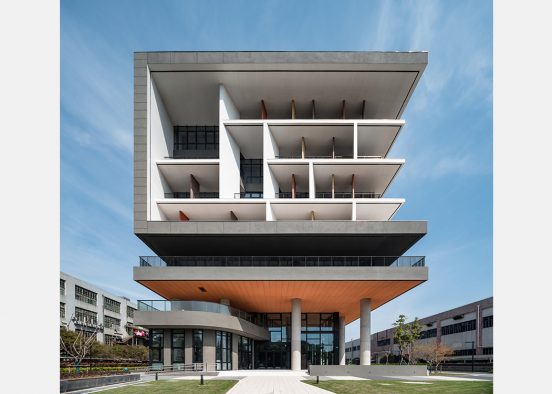


















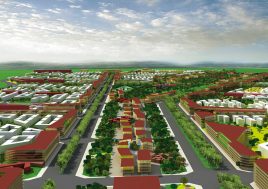





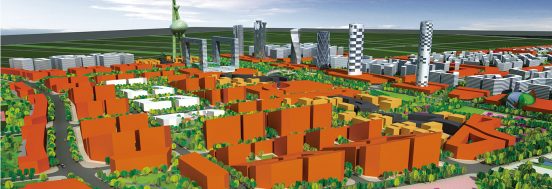







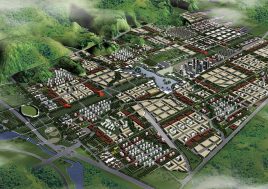










































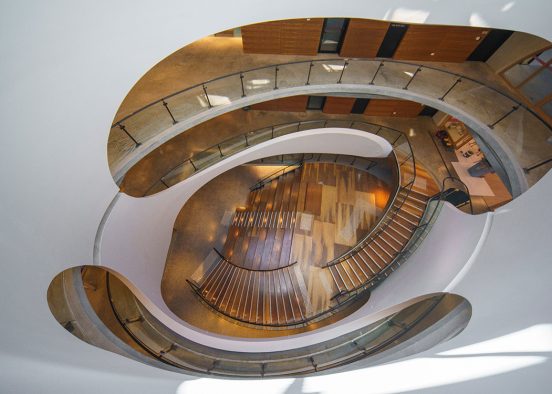








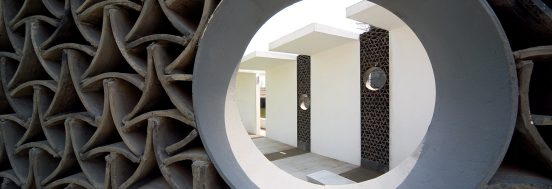

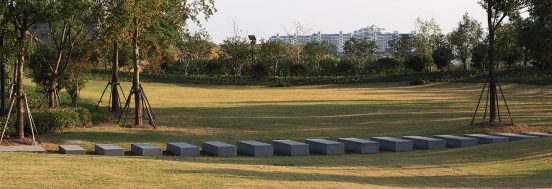
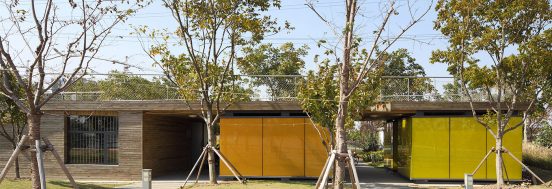


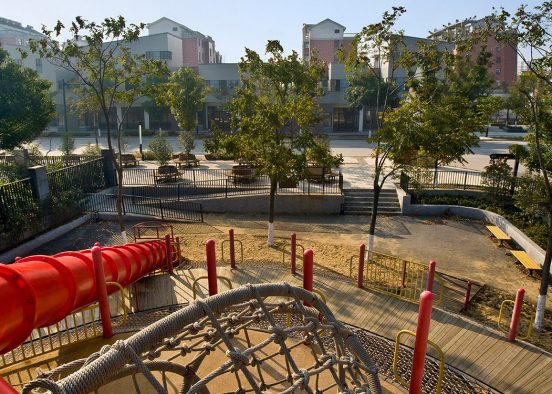













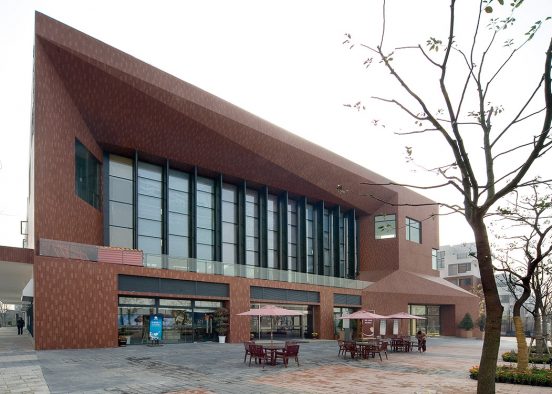
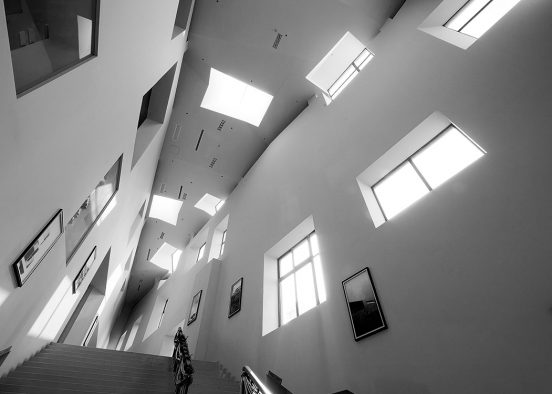
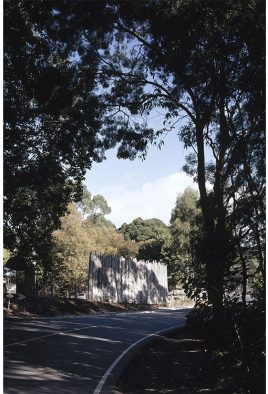
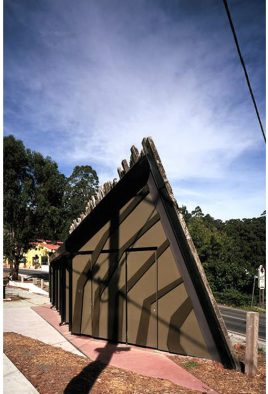













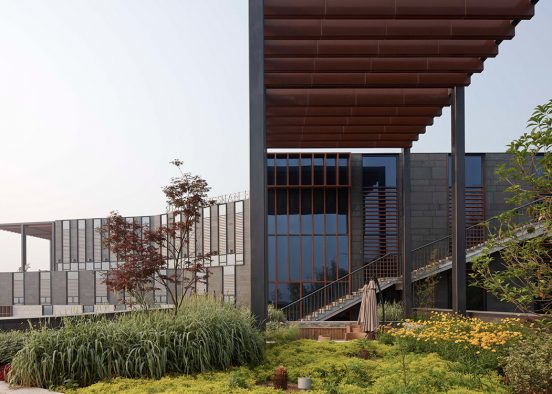








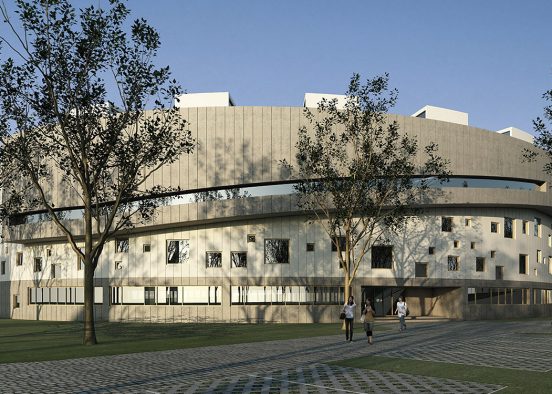







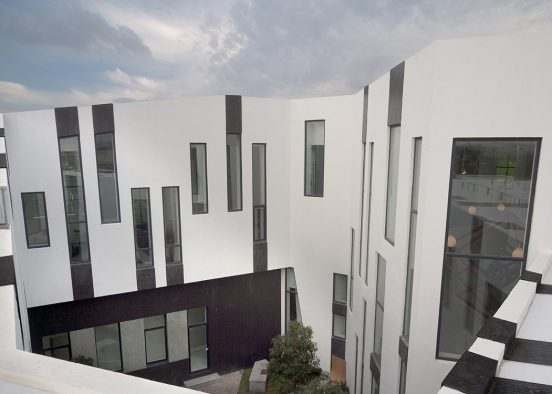








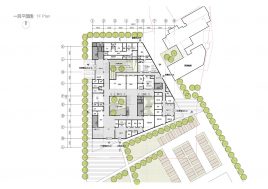


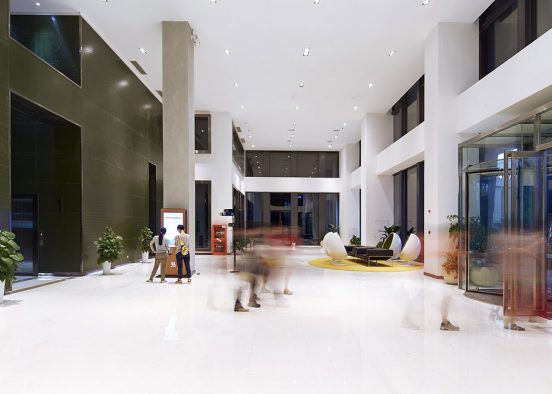

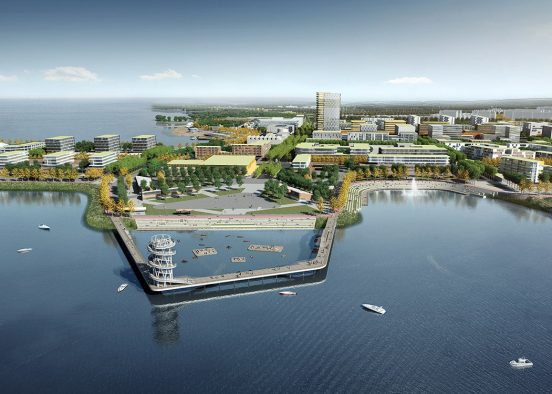





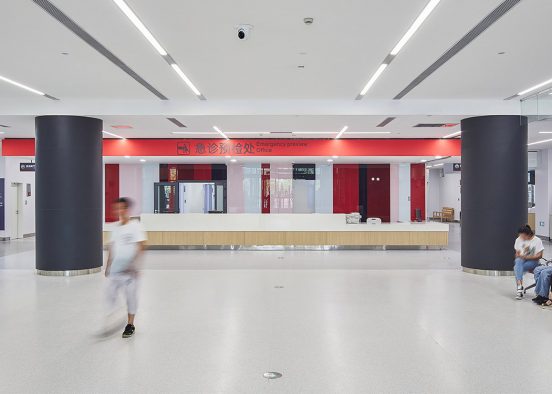




















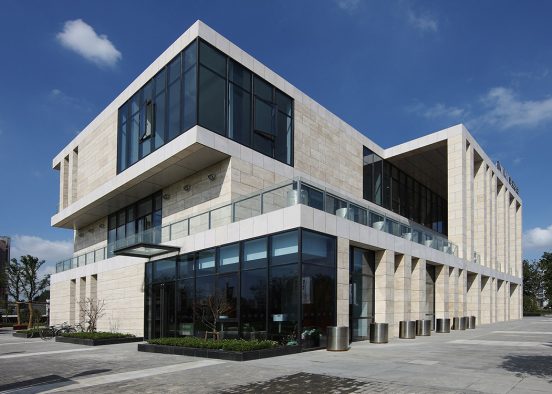










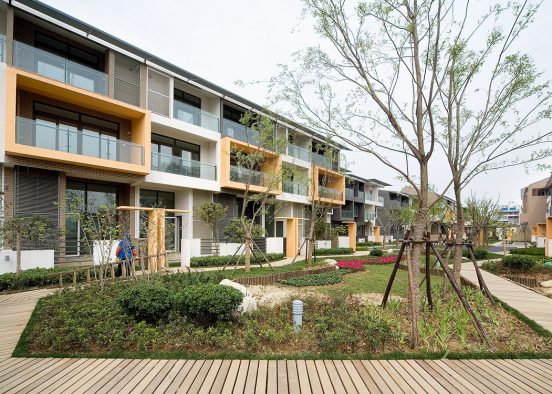
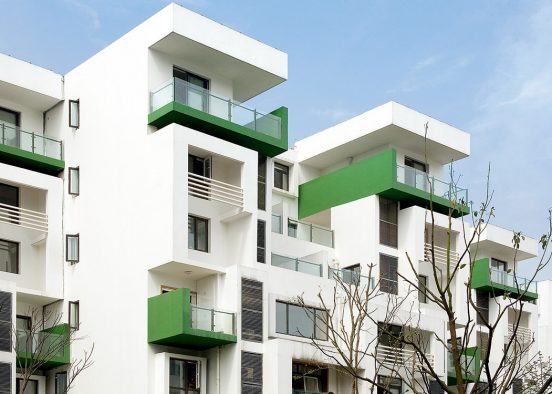









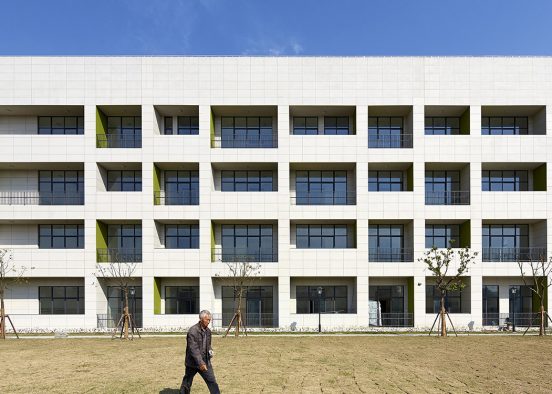
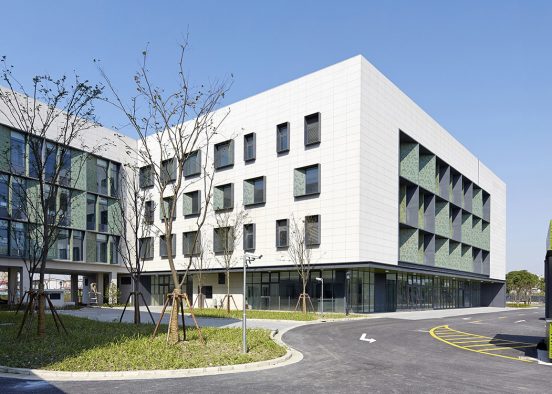


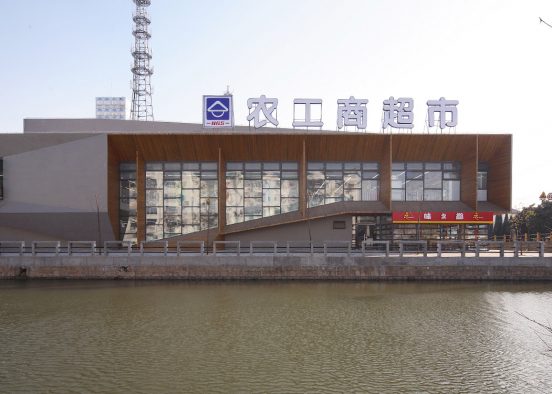
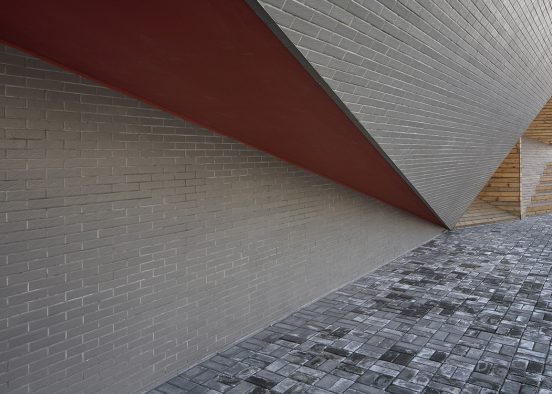

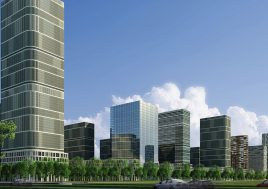



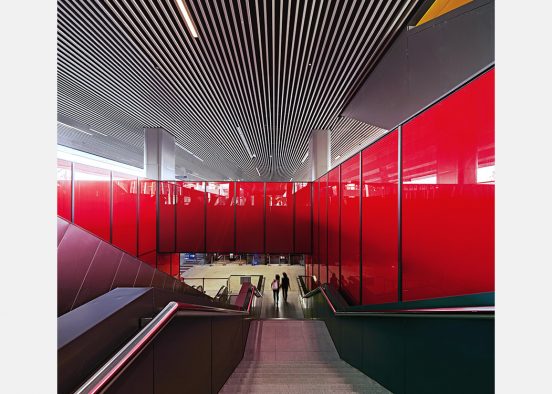


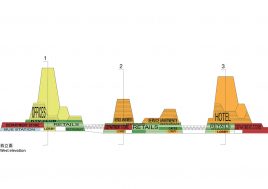







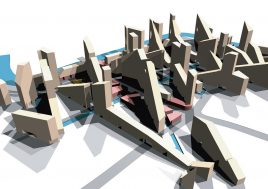



















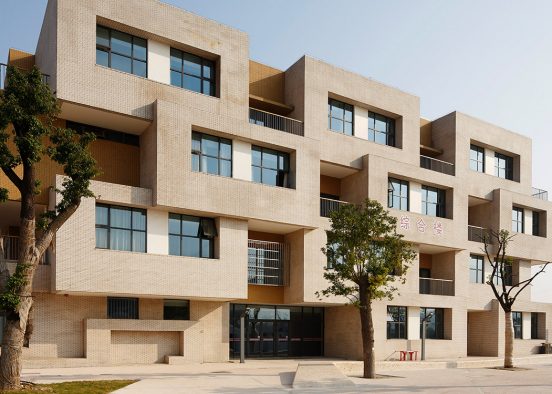



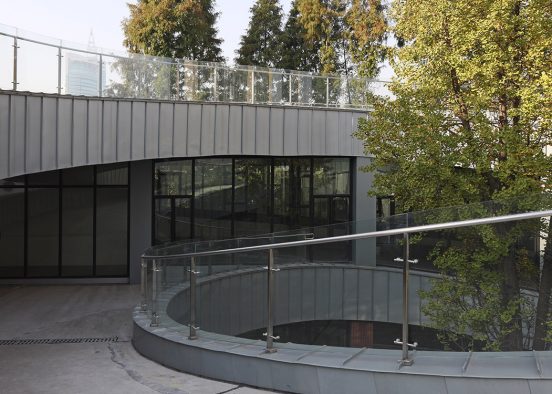
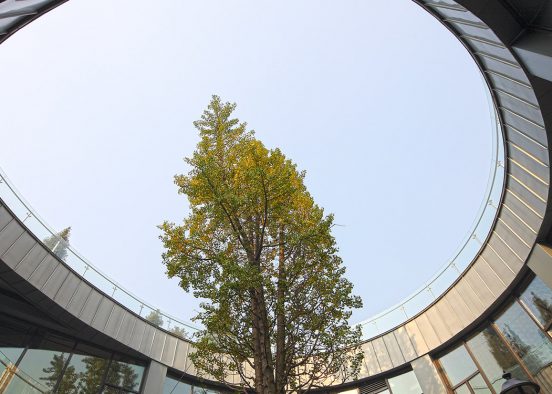



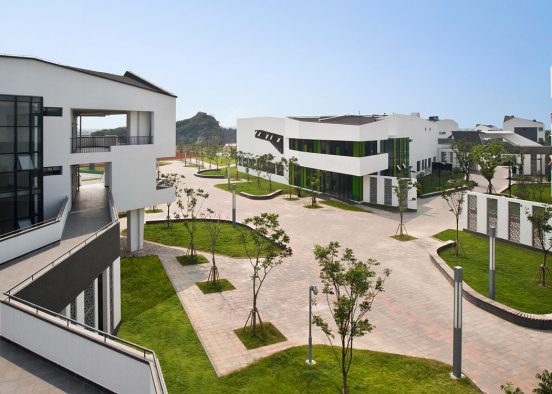




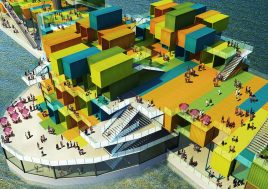












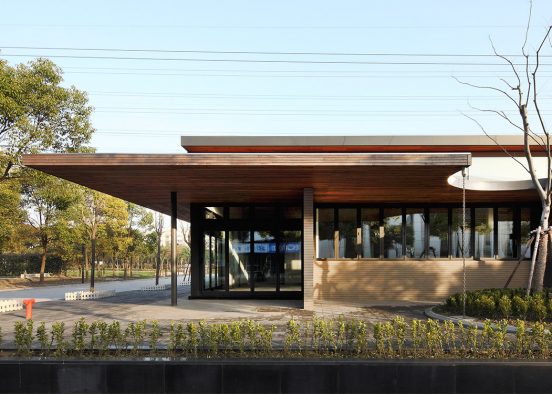








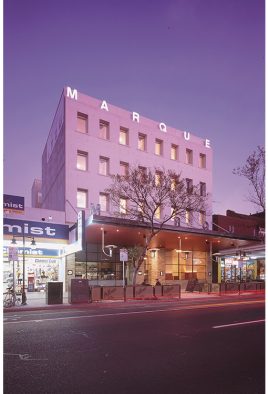














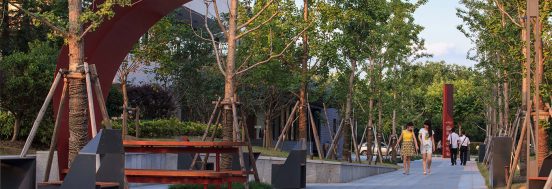

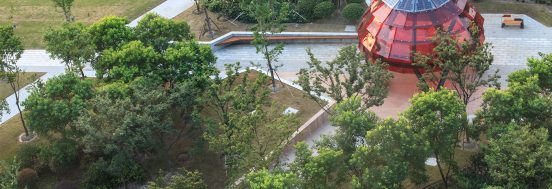

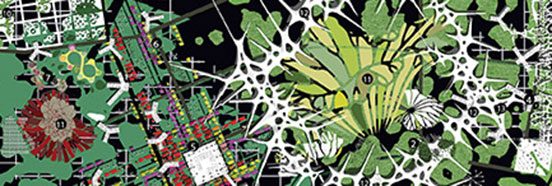













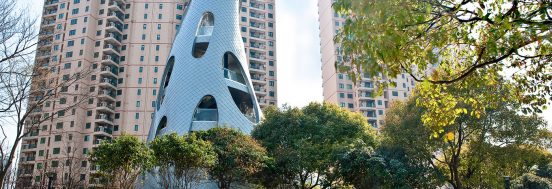
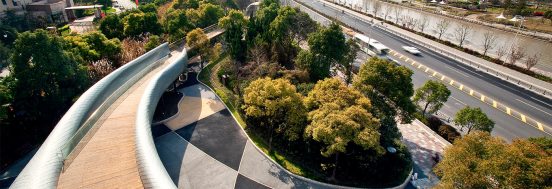




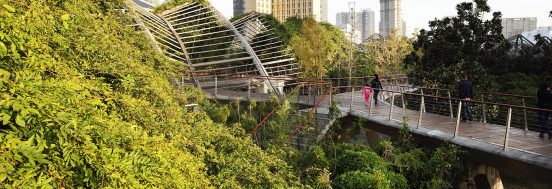
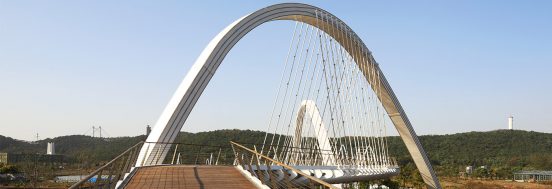
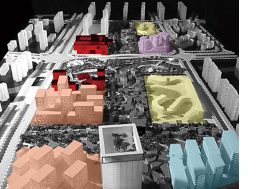

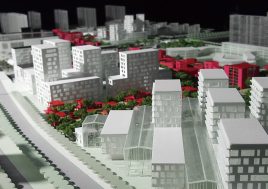






 Back to projects
Back to projects
